“I might swerve, bend that corner, woah.” These lines, sung by ex-basketball phenom LiAngelo Ball in his viral new song “Tweaker,” have taken the world by storm. But how did someone primarily known for his athletic ability outstream mainstream artists like Lil Baby in his first week of release?
It’s because of a trend we see all around the world: nostalgia. “Tweaker” brings back a feeling that many connect to the early 2000s club scene.
The power of nostalgia has seemingly infected every form of expression in the modern day, from clothing to VHS cameras. With technology’s exponential development in recent years, 4K cameras and even clothing with newer technology have gone out of style. In the eyes of the public, there is more feeling in a grainy camcorder and a vintage 100% cotton T-shirt from 1990 than in a high-resolution video from someone’s phone and a Dri-FIT shirt from Nike.
Most of these trends come from social media apps like TikTok, and with this comes a larger incentive to cater to that audience. In the last couple of years, it’s become customary for rappers and musicians to appear on streams to promote their music and reach this massive audience. This wasn’t any different for LiAngelo—the premiere of the song was on NEON’s stream, and it was immediately a hit. Possibly stemming from his family’s fame in the basketball community, a niche audience was already eager to listen to the tune. After the song reached TikTok, everyone was posting their dances to it. At the moment, over 130,000 users have uploaded a video using the sound. People who have never even touched a basketball in their lives were singing along to that new LiAngelo Ball.
LiAngelo’s crossover into music isn’t a new path for NBA players. Damian Lillard, Shaquille O’Neal, Kobe Bryant, and even his brother Lonzo Ball have all released music under their names. By tapping into the aesthetics of the early 2000s, “Tweaker” is a gateway to the past, providing younger audiences with a taste of what music was like in “the good old days.”
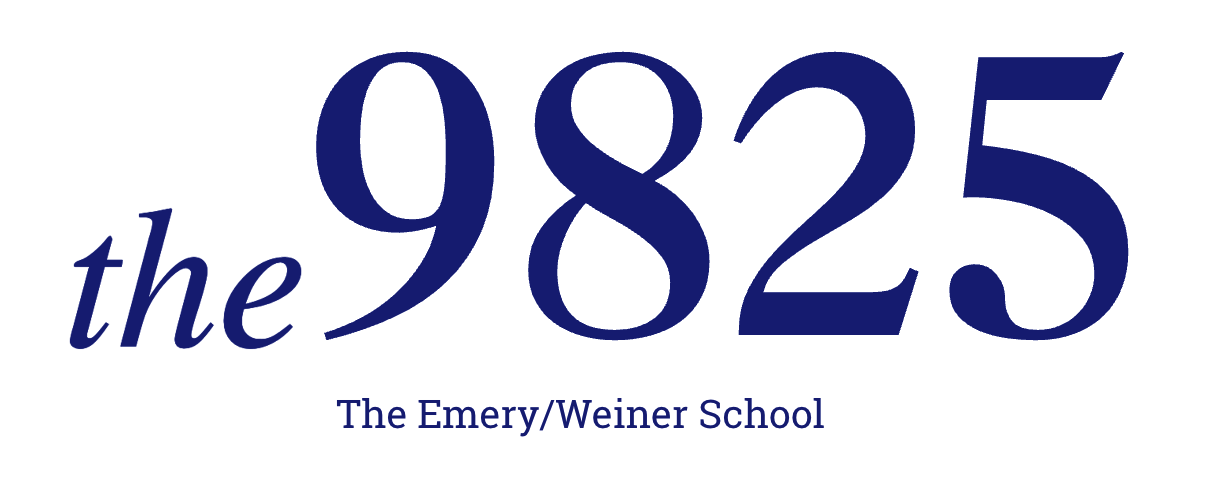

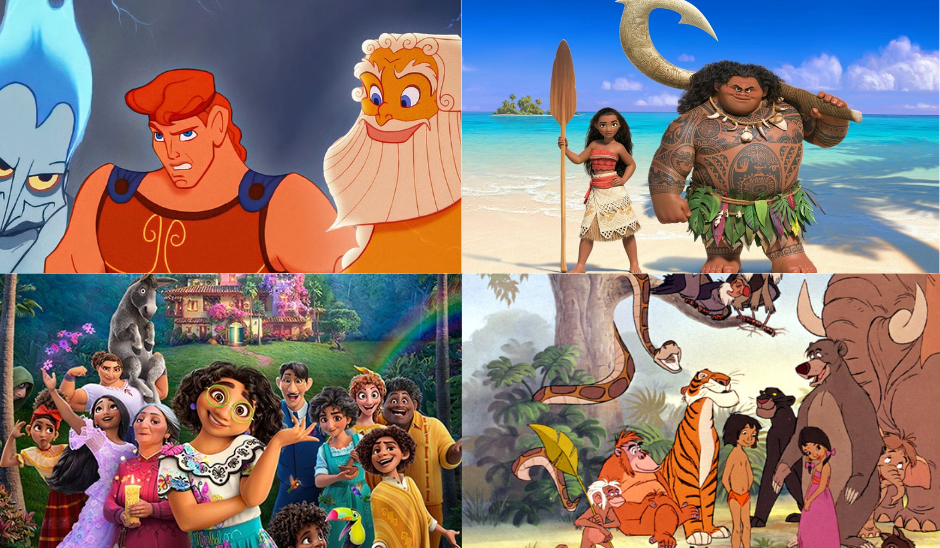
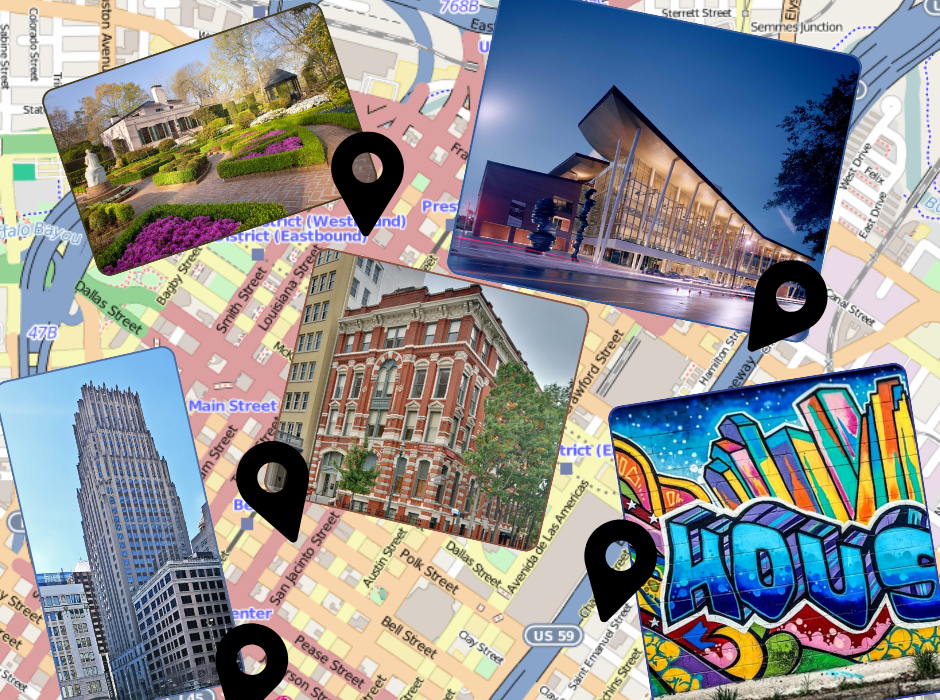
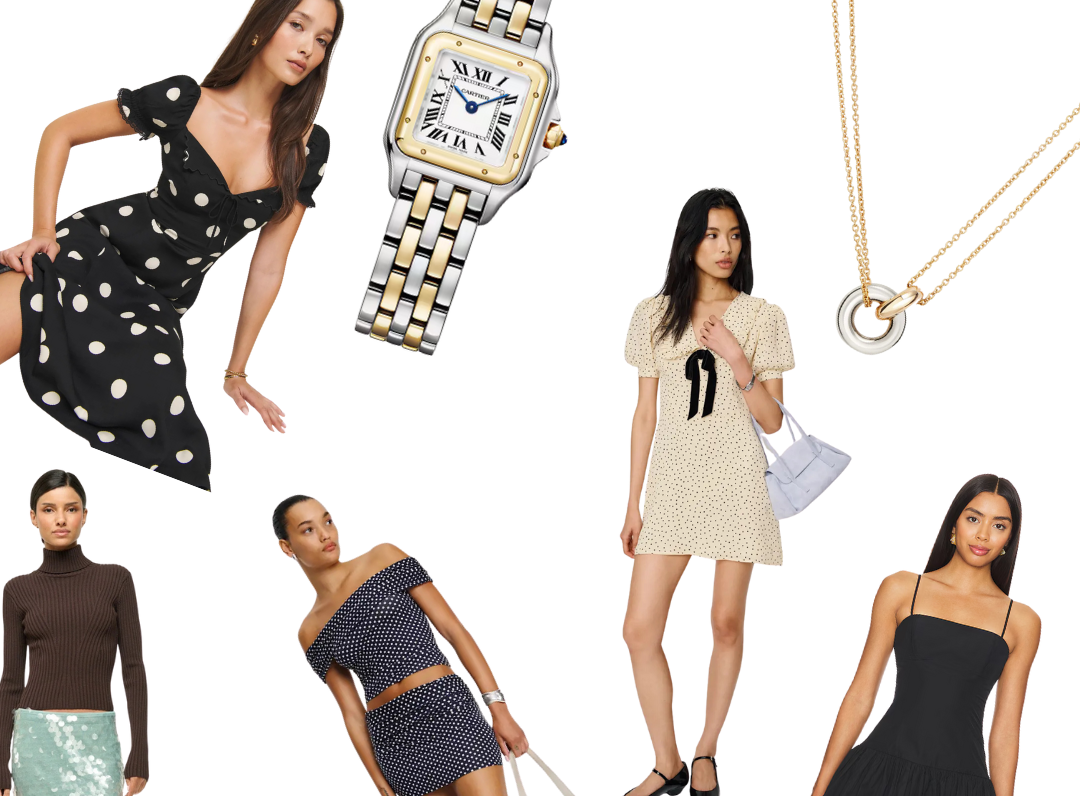

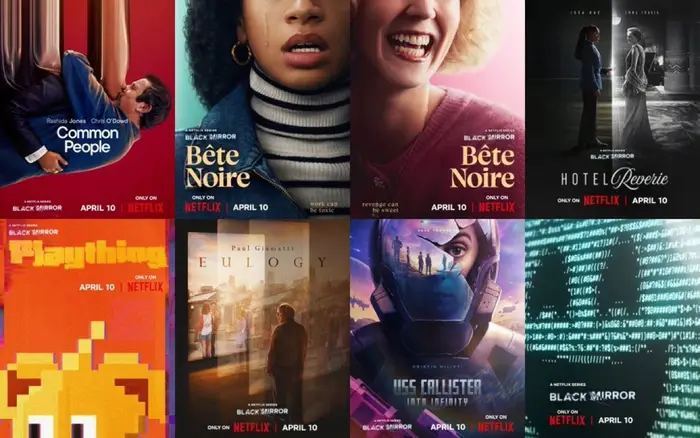

Eitan Nezer • Feb 3, 2025 at 9:26 am
This article was pretty good, left me with nothing to say. Firealarm in egypt